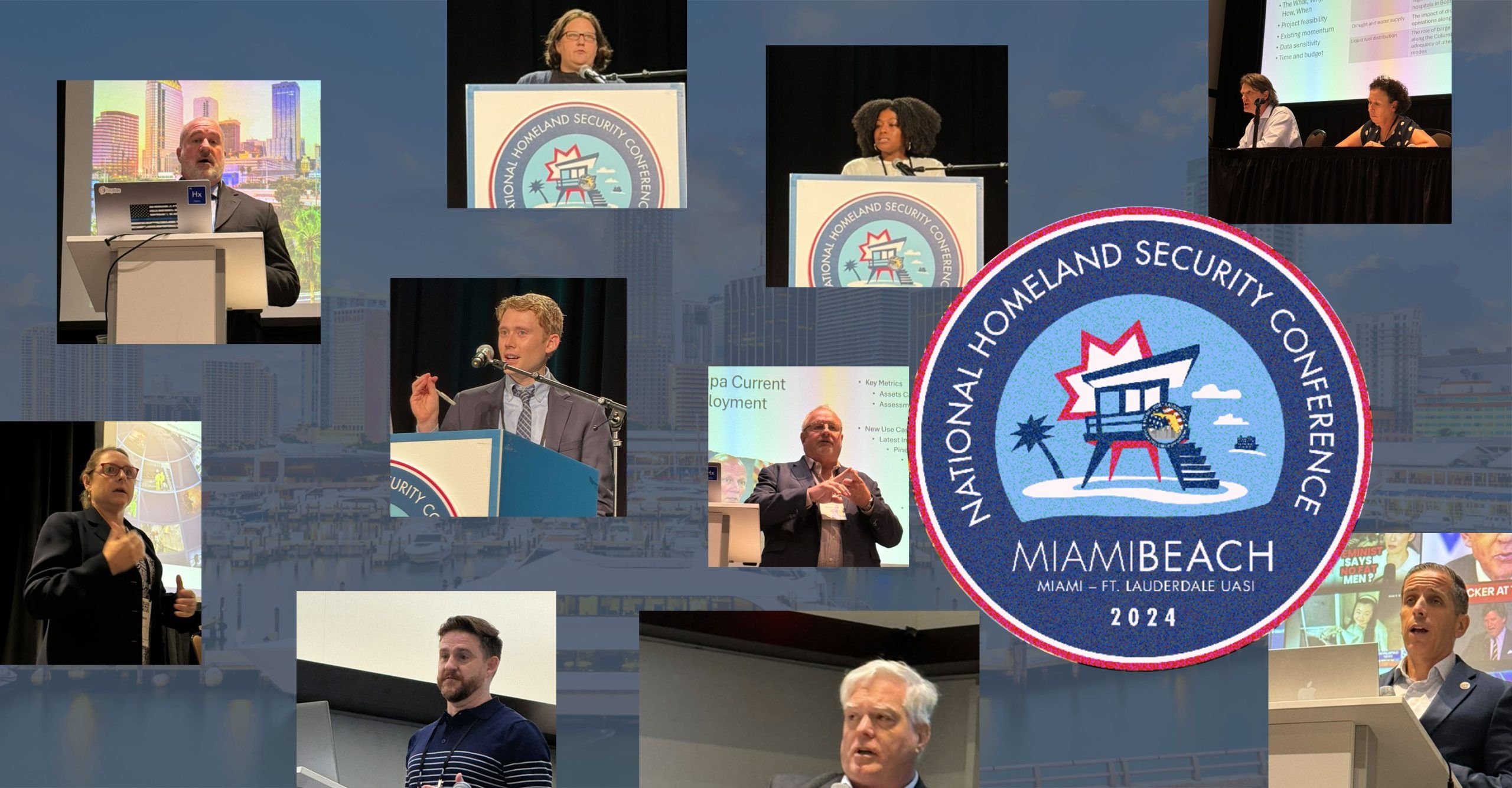
Homeland Security Conference Provides Attendees with New Insights to Threats
As threats increase in size, scope and variety for security professionals, it can feel like the thermostat is turned up for all to feel the increased heat that comes with addressing those threats. So, as attendees arrived in the hot summer Miami Beach sun to attend the Homeland Security Conference this July, the local weather perhaps gave them a glimpse into the challenges that lay ahead.
The annual conference is hosted by the National Homeland Security Association and it welcomes Homeland Security and emergency management professionals from across the United States. Utility Security Magazine was in attendance to attend informative critical infrastructure emergency management sessions and gather insights about new threats and solutions that emerge from an ever-changing security landscape.
Below are some of key insights from those sessions:
Session:
How to Blow Up a Pipeline or Other Critcal Infrastructure
“There is a movie called “How to Blow Up a Pipeline” on Amazon Prime right now. This movie not only uses real tactics, but can be viewed as a call to action by environmentalists to go out and attack other critical infrastructure.”
“When the tactics are created, they will live forever on the web. When incidents happen, we follow the breadcrumbs back and we almost always see they have looked at resources that have helped formulate their plans.”
“Surveillance on our assets is happening right now on utilities and critical infrastructure. It is happening.”
“Too often, we see utilities turn a blind eye to things like cut fences.”
—Joe Vabero, Program Manager, Critical Infrastructure, City of Virginia Beach
————–
Session:
Securing AI in Critical Infrastructure & Cyberspace
“We are learning about the AI threats in real time. I always joke and say “today was a long week in AI.”
“We need to look into the future as far as we can and acknowledge that AI is a potentially disruptive technology. All of the abilities of the best talent in this world and all of the billions of dollars going into this technology will only continue to increase its capabilities.”
—Noah Ringler, AI Policy Advisor, DHS Policy
————–
Session:
Matching Threat with Capability: Are You Ready?
“We have a planning problem here in the USA. Our response has been ‘ all we have to do is last for 72 hours and then the feds will be here to help us. We can’t operate this way.’”
“Domestic threats are becoming much more problematic. The strategies are moving toward lone wolves, which makes it much harder to be tracked.”
“The materials that are most likely to be used in an attack sooner rather than later are toxic industrial chemicals, pharma-based agents, toxins, incendiary devices or homemade explosives.”
“We all thought Inspire magazine, the first ever terrorist public journal, died in 2017. Unfortunately, it’s back.”
“Steam and Discord have the highest average of radicalized people on it. Most users average around 13 years old and because they are so young, they are really being targeted on these platforms because those young brains are easier to manipulate.”
—Christine Baxter, CEO, Emergency Response TIPS
————–
Session:
The Impacts of Mis-, Dis- and Mal-informaiton During Crisis Response
(Lessons from the wildfire incidents in Hawaii)
“The social media data that we compiled that showed the leading misinformation on social media was gold to us because we could more quickly respond to the lies coming in.”
“You can’t just say ‘trust us, we’re the government.’ So we would share links from other sources who were spreading the truth and could help dispel the bad info.”
“We were contacted by the Microsoft Threat Assessment Center. They don’t typically reach out to government agencies, but they recognized the seriousness of the disinformation campaigns coming in from adversary nations. They uncovered Spamoflauge campaigns using AI-generated content and images. Those images were picked up by local influencers and spread the bad information through the internet.”
—Frank Pace, Homeland Security Administrator, Hawaii
For more information about the Homeland Security Conference, visit www.nationalhomelandsecurity.org.